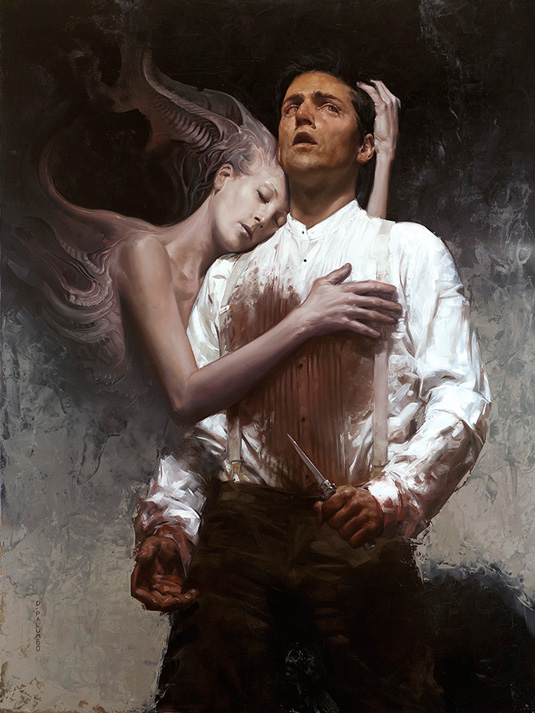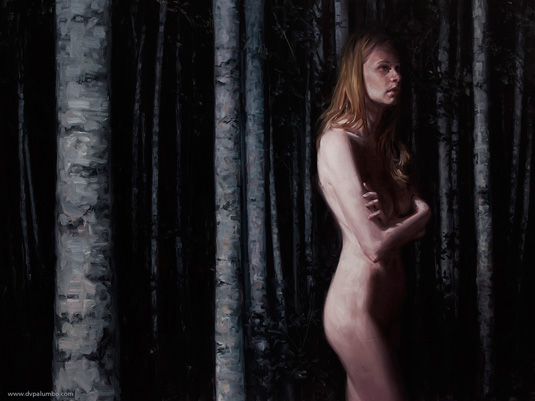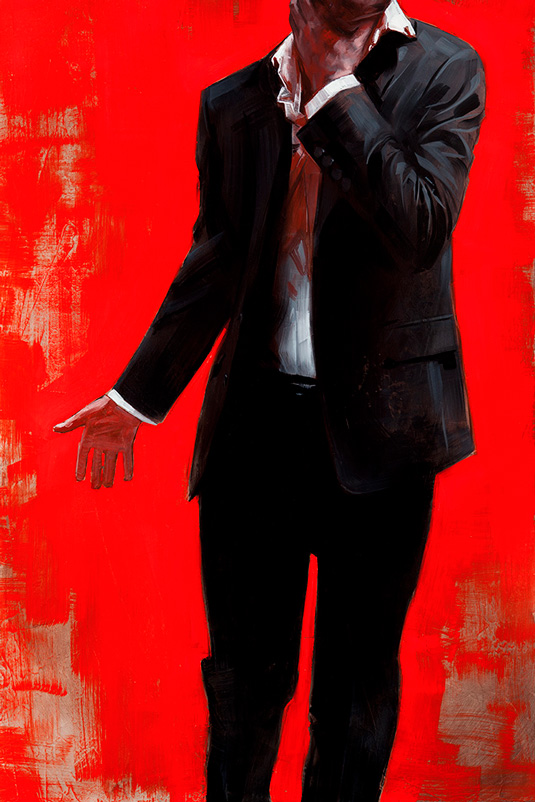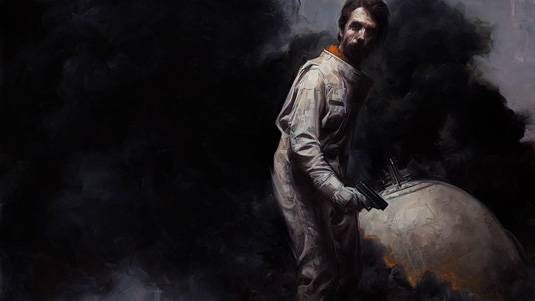Artist David Palumbo explains why your personal projects are worth your time.
Why you must make time for personal projects
- David Palumbo

Personal work is good for your growth. But many people seem to struggle with carving out the time to do it. Between paid work, family, social lives, and the absolutely human need for leisure time, setting aside chunks of time to work on our own projects can feel like a luxury, a chore, or a mirage that you can never quite reach.
01. Take 20% time

I’m sure many are already aware of the famous “20% time” policy pioneered by Google. Originally, engineers were given the opportunity to spend one day a week working on projects that weren’t necessarily in their job descriptions. Taking this time to develop something new, or fixing something that’s broken.
This policy is responsible for Gmail and a host of less sexy but still very important developments. In recent years, this policy has been put out to pasture in favour of more focused methods for large scale innovation. However, I am a big believer in the value of tinkering. I’m a big believer in 20% time.
True 20% time can uncover questions and answers we never would think to ask. If I had never gone poking around with my Quickie series, something that started as a sort of lark, I might never have come to question and ultimately rebuild my entire painting process. I have no doubt I’m a better painter today than I would have been if I’d stuck to my predetermined script.
02. Experimenting vs. major projects

When we are working on the client’s clock, we’re not being paid for experimenting. You can’t innovate in a meaningful way under those restrictions. If we want to break new ground within our selves, we must leave time to do that between paid jobs.
If we have major goals which can only be achieved in personal work, that tends to be where we launch major personal projects where the goal is premeditated and the commitment is significant. Not all personal work needs to fit this grand ambition though.
We can’t know which projects are going to pay out and which are going to fizzle into nothing. The critical thing is that we keep making an effort.

Taking an unfocussed approach to your personal work may be riskier and you might not be able to monetise it (at least not so directly) as the major personal projects, but it is more likely to teach you about you.
It is more likely to let you grow, explore, and find unexpected rewards. The major projects are in some ways under the same restrictions as client work: you are goal focused. You are creating solutions instead of discovering questions.
03. A way to find your path

Clients hire us based on the work which we have already produced. If an artist often paints scenes with animals, they will be hired for jobs that feature animals. It’s logical. Usually it’s pretty fair as well. We’re good at painting the things we like to paint, so being recognized for those things brings in more of that work.
But sometimes the jobs coming in are taking you in a direction you had not intended to go in. The longer it goes on, the more entrenched you become.

Whether you don’t enjoy the corner you’ve been painted in to or you simply have other avenues that you’re eager to explore, the only way to break that cycle is to change the script and show the world what else you can do.
Taking the time to continue creating portfolio pieces even though you are getting steady work is a way of course correcting, because otherwise your future is at the unguided mercy of the assignments that are already coming your way.
04. It’s creator-owned

With so much discussion in recent years over work-for-hire contracts and the potential wealth that can come from owning an Intellectual Property, this is often one of the top motivators that I hear people talk about in starting their own projects.
It is a good long term strategy to control the rights to as much work you create as possible. Whether you will make future revenue through licensing or 2nd rights or you develop something that becomes a profitable IP, building your own brand may have financial rewards in addition to the artistic ones.
05. An outlet for frustrations

Clients can be frustrating. Just recently I had two new clients in a row approve something and then change their minds when the final came in. Yes, I got paid a fair rate to fix their mistakes, but things like than can also be irritating and eat into your other jobs which makes everything more stressful.
Having personal projects at the ready is a great way to let off steam (if you’re not crunched for time of course. If you are, then they’re more of a motivator: the carrot dangling in front of you once you finish the difficult job.)

When I can’t stand to look at a job because I’m having problems with the client, I can take refuge in doing something for me because I want to do it. And I can do it my way without compromise.
This goes for frustrations in daily life as well. Sometimes we all need a place where we can be in control of things and personal projects are wonderful outlets for this. Not all personal projects need to be challenging and ambitious. It is also great for our mental health to just have fun as well, and more often than not the fun stuff can turn out pretty good.
06. Keep your mind flexible

On the other side of that coin, there is an ease and comfort in letting the clients tell you what problems to solve. Sometimes we might not know what we want to paint and painting what other people want relieves us of that weight. Indulging that comfort for too long can cause us to forget who we are as artists.
I’ve known illustrators with long and very successful careers who, at some point along the way, lost track of what they wanted their work to be about and found creating personal work to be a struggle.
We need to keep exercising the part of our mind that says “wouldn’t it be cool to see____ just because I like it” and “I want to see what happens if I _______”.
I don’t think we ever lose that spark, but sometimes it can feel so buried that one starts to wonder. It’s healthy to remind yourself now and again that there are idea you want to explore even though nobody is paying you to do it.
Words: David Palumbo
David is a fine artist and illustrator who has contributed to ImagineFX on numerous occassions. He has also provided artwork for the likes of LucasFilm and Marvel comics. The extended version of this article originally appeared on Muddy Colours and is republished with permission from the author.